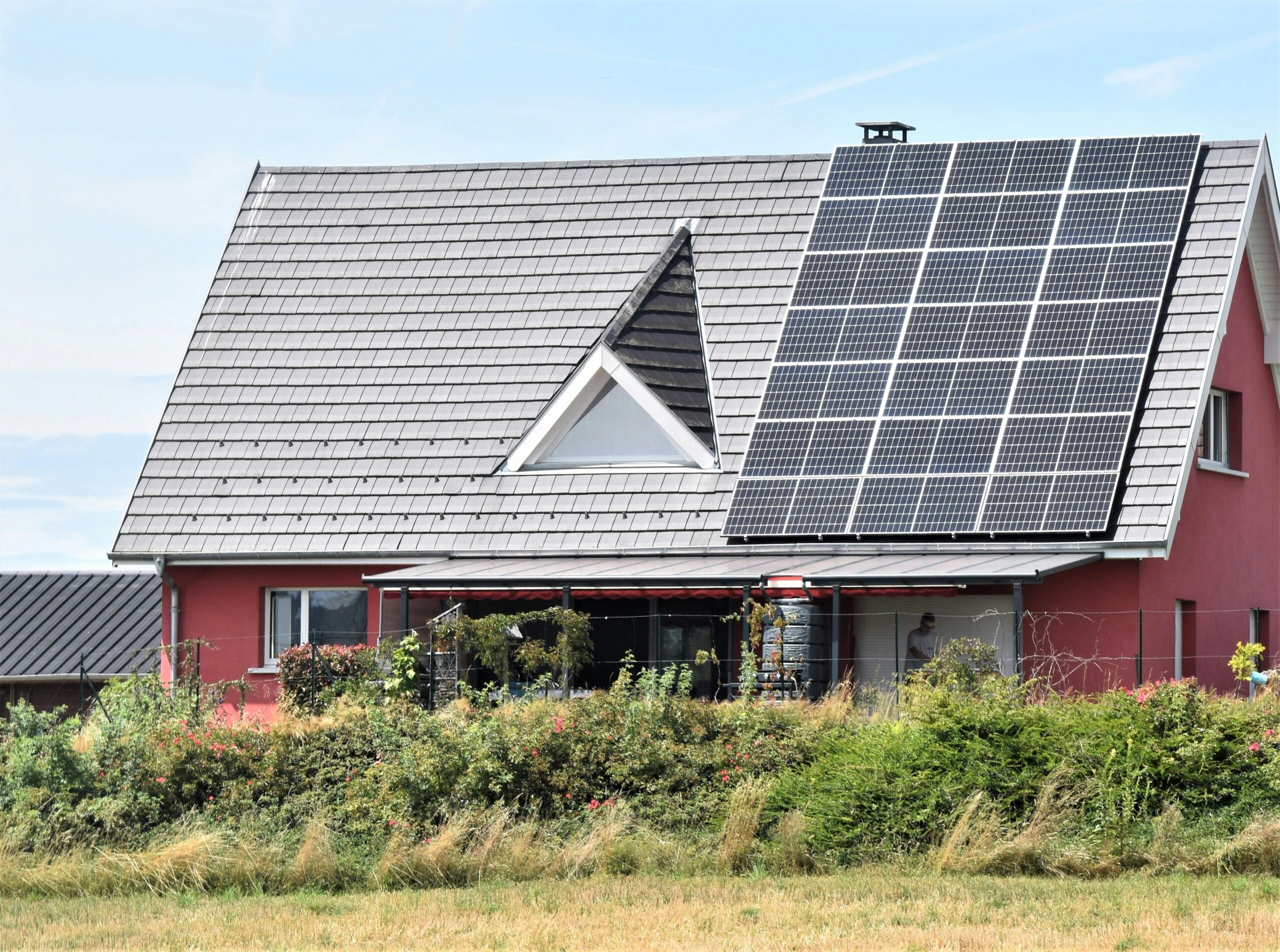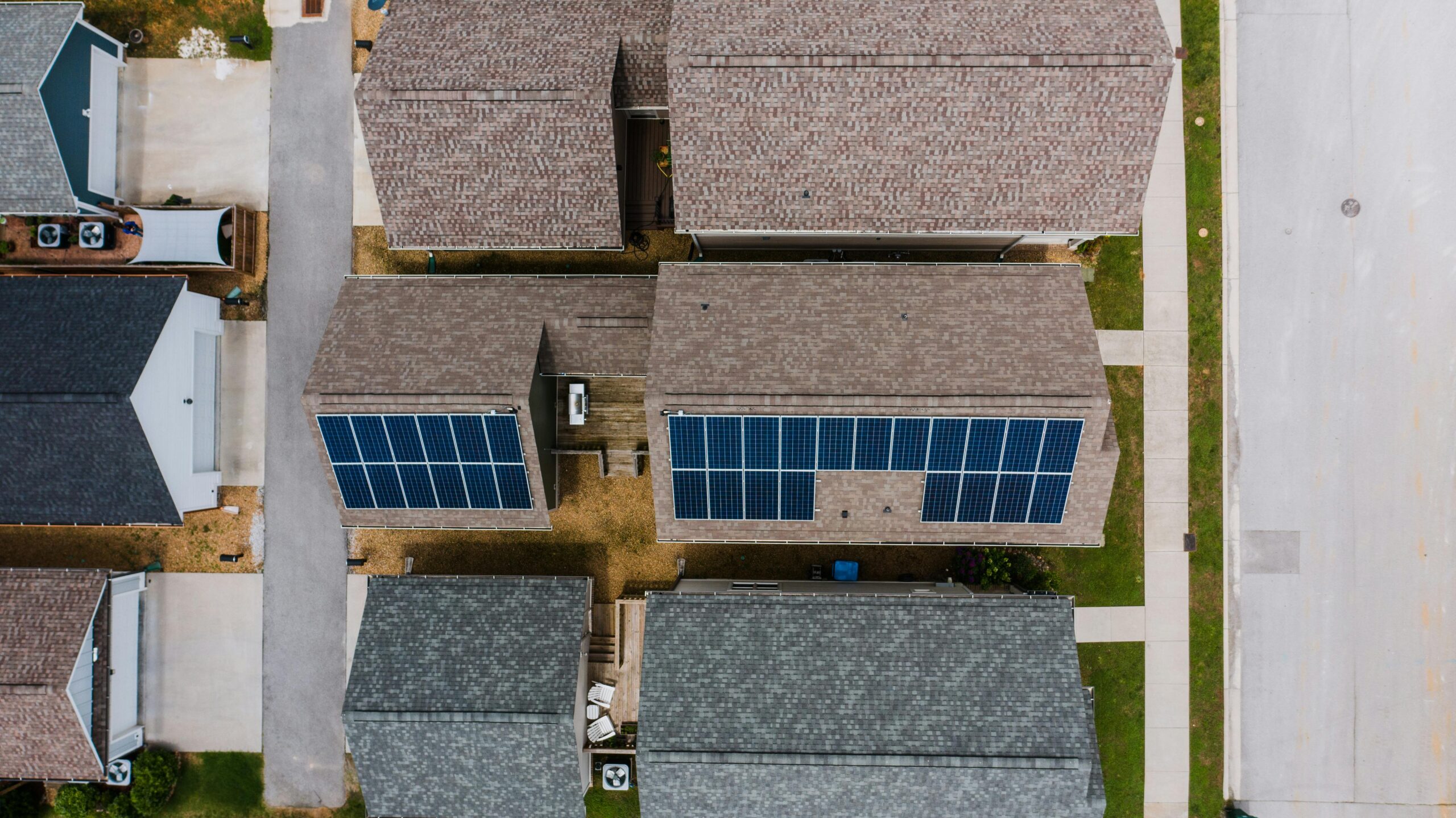Multiple studies have shown that solar panels increase home resale value. According to Zillow, homes with solar sell for 4.1% more on average. That can add $10,000 or more to your home’s value, depending on location and system size.
Also, with utility rates trending upward, your savings increase over time — your panels generate power at today’s costs while grid energy gets more expensive.
With net metering, any excess energy your system produces is sent back to the grid. In exchange, you receive credits that offset future electricity usage.

Some homeowners choose to add battery storage, which doesn’t necessarily shorten the payback period but offers protection from outages and further independence from rising utility rates.

Once your system pays for itself, every kilowatt-hour of solar power it produces is pure savings. Considering solar panels typically last 25–30 years, that can mean 15+ years of free electricity.

Your solar panels will reduce — or in some cases, eliminate — your electricity bill. The average U.S. household spends around $125–$150/month on electricity. That’s roughly $1,500–$1,800/year in savings.
The payback period is the amount of time it takes for your savings to equal your solar investment. Most homeowners see payback in 6 to 12 years. Here’s how those savings add up.
Going solar is more than just an environmentally conscious decision — it’s a long-term financial investment. But for most homeowners, one big question comes to mind: how long does it take for solar panels to pay for themselves? The answer depends on a few key factors, but with the right setup and conditions, the return on investment (ROI) can be both significant and surprisingly fast.
In today’s rapidly evolving energy landscape, solar rooftop systems have emerged as a leading solution for sustainable power generation.
As the world shifts toward renewable energy, solar rooftops play a crucial role in cutting carbon emissions and promoting energy independence.
A solar rooftop system typically consists of photovoltaic (PV) panels, an inverter, mounting structures, and, in some cases, battery storage.
Hybrid systems combine the best of both worlds, integrating grid connectivity with battery backup for uninterrupted power supply.
